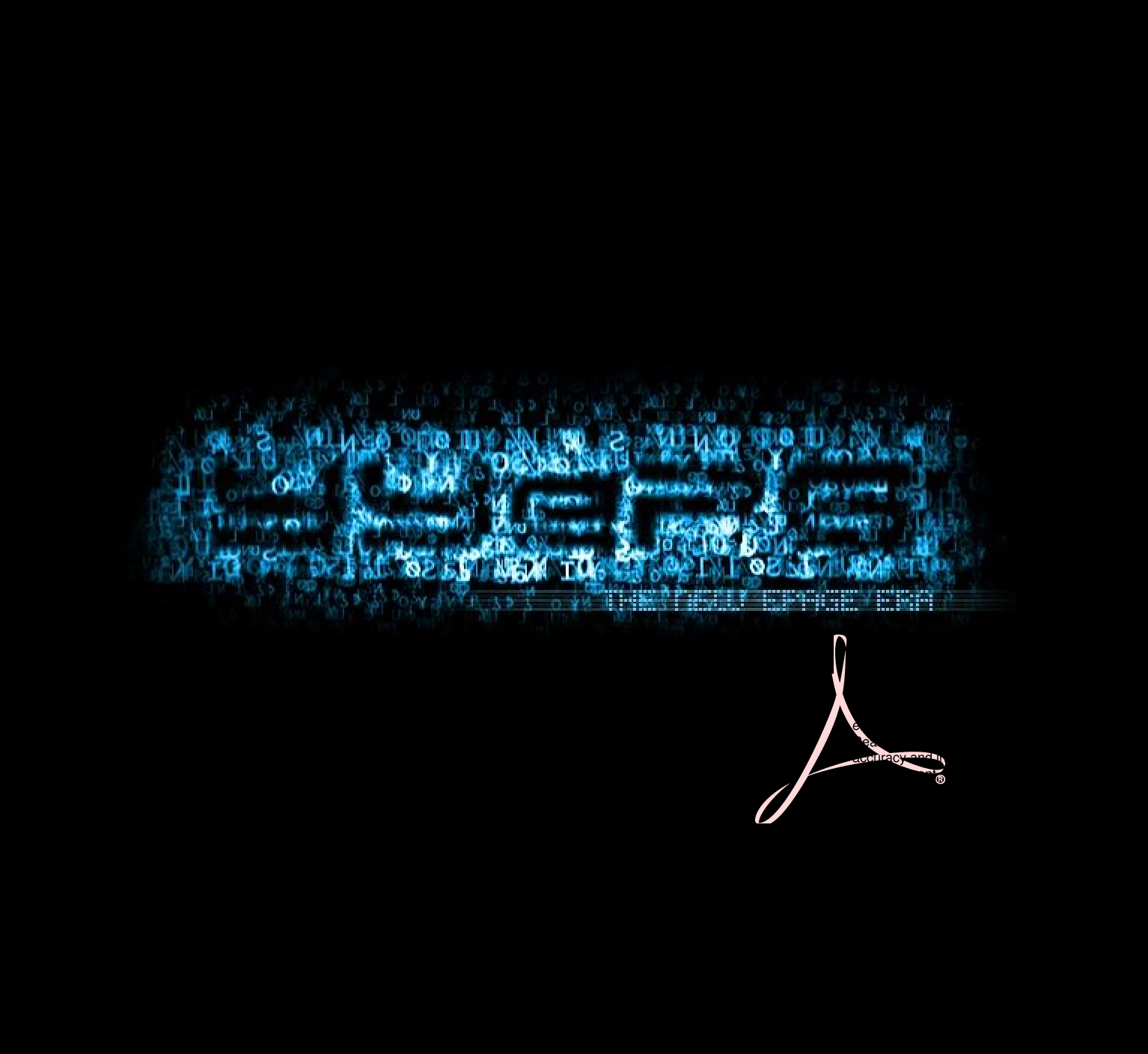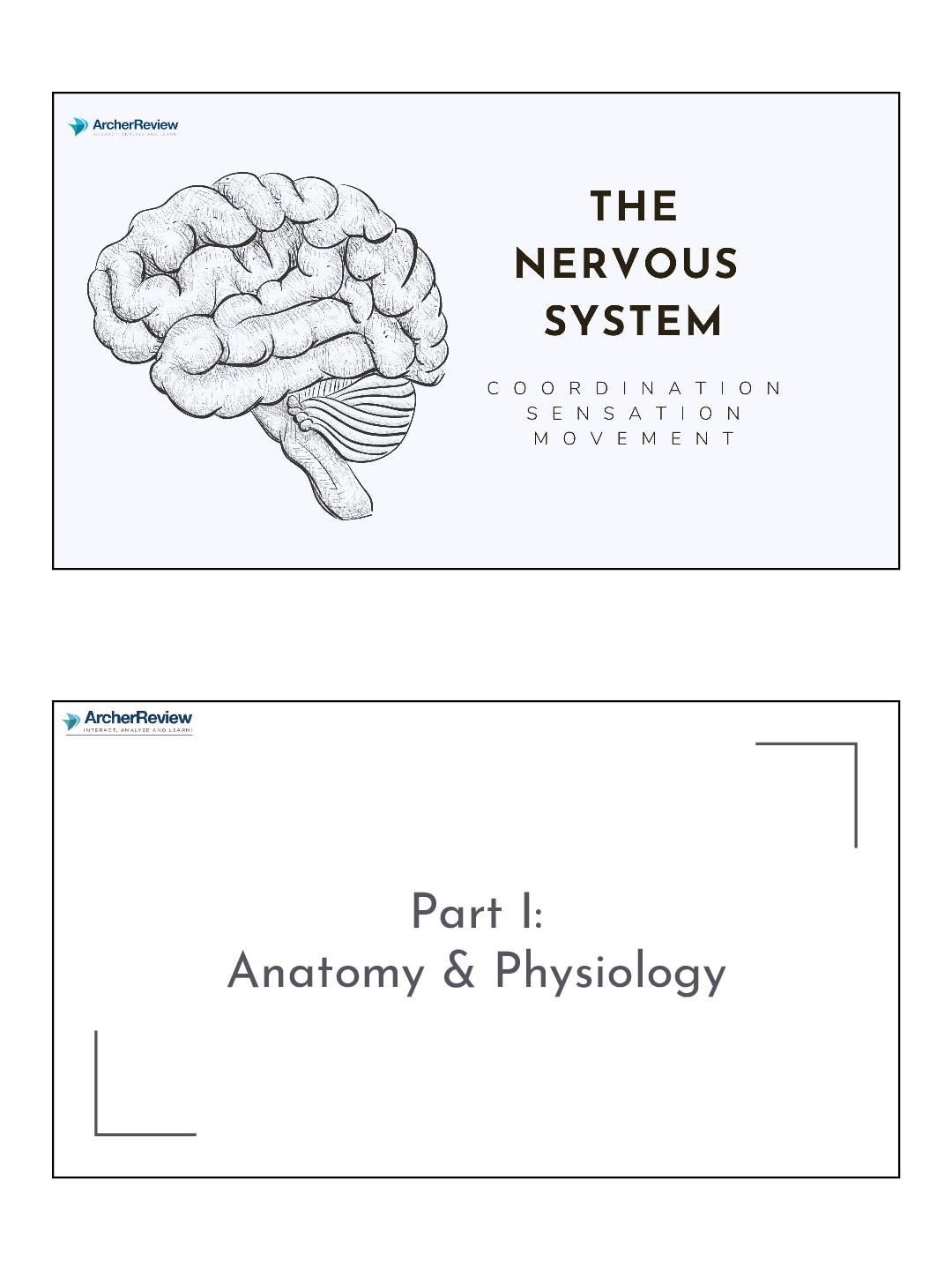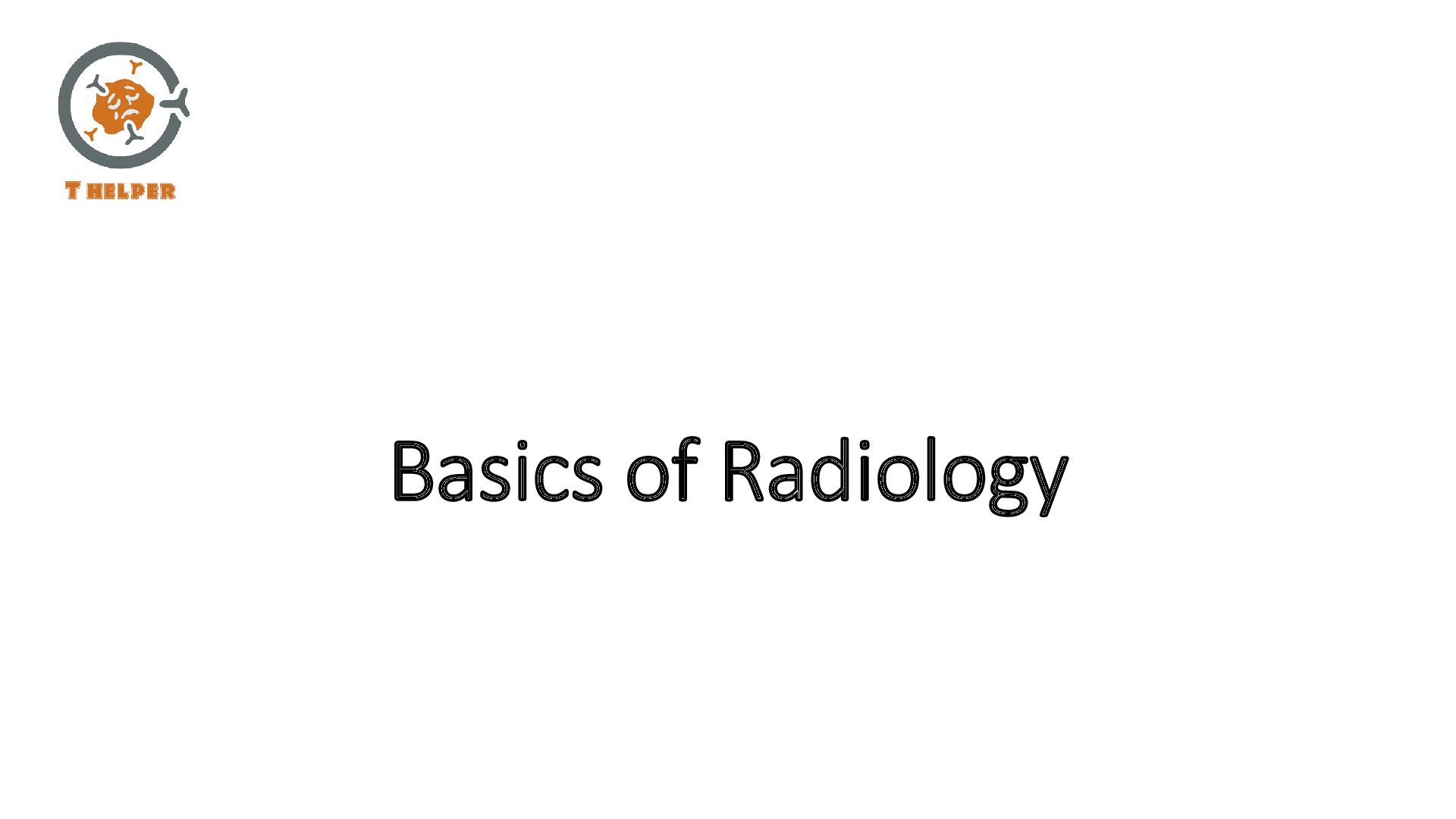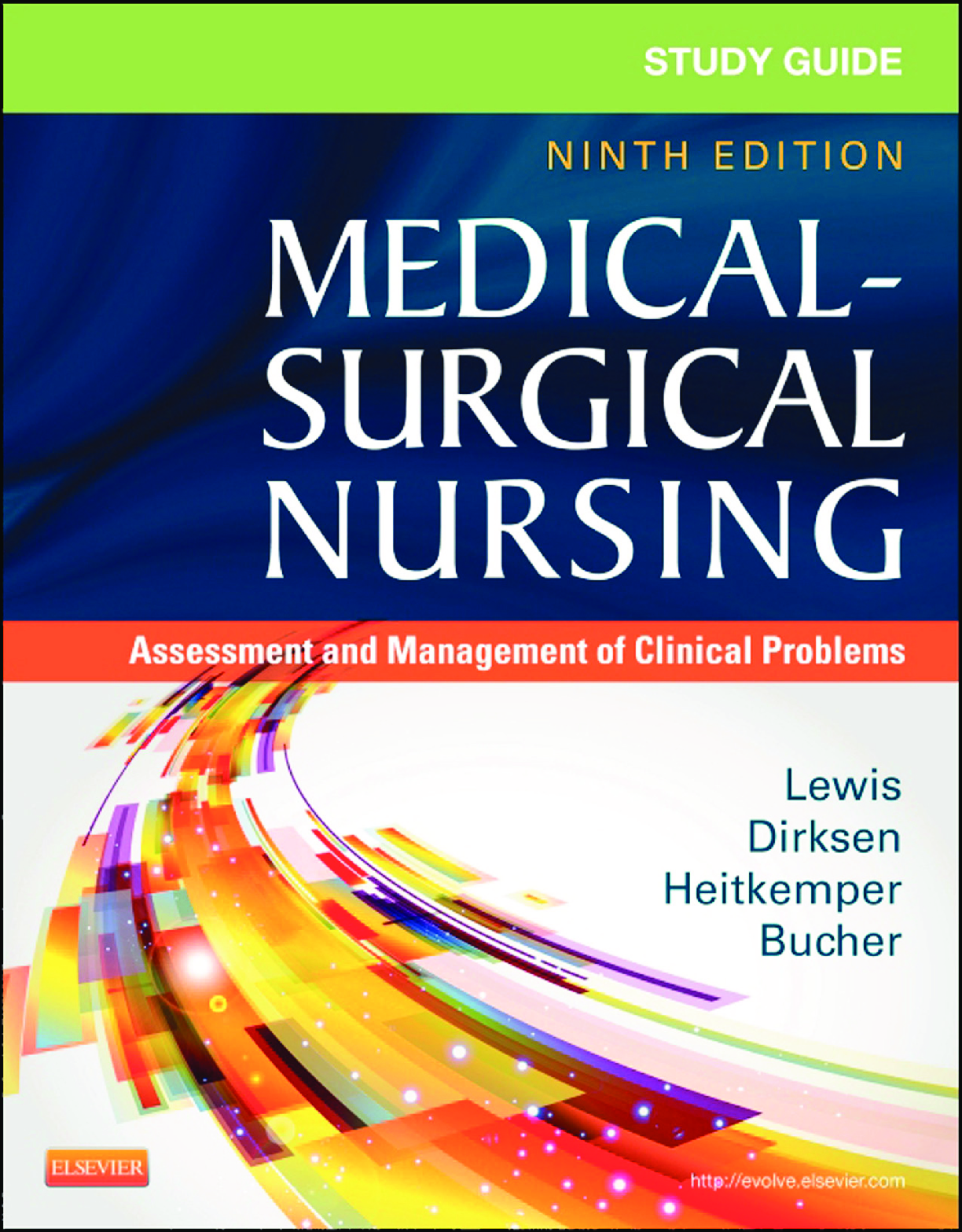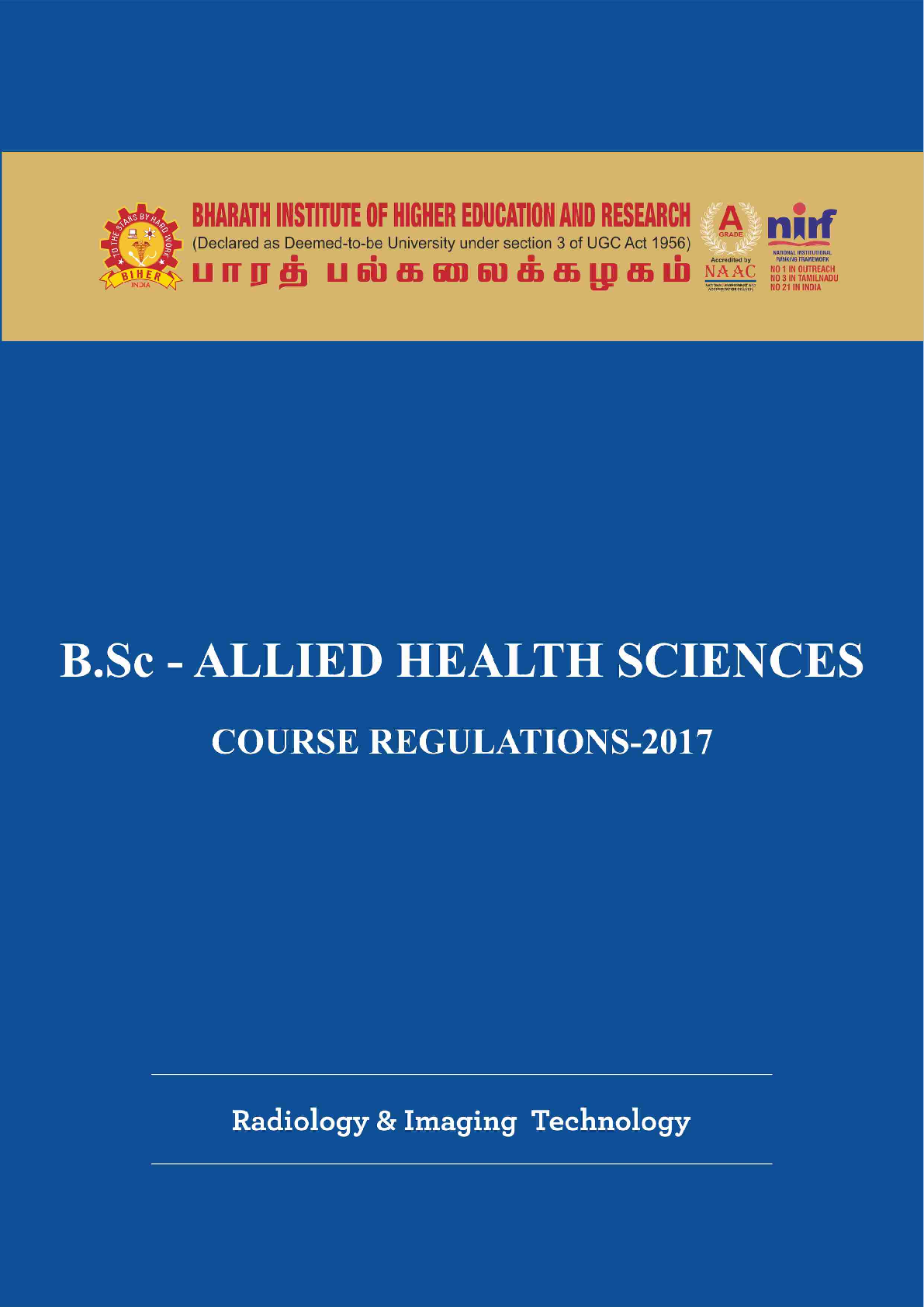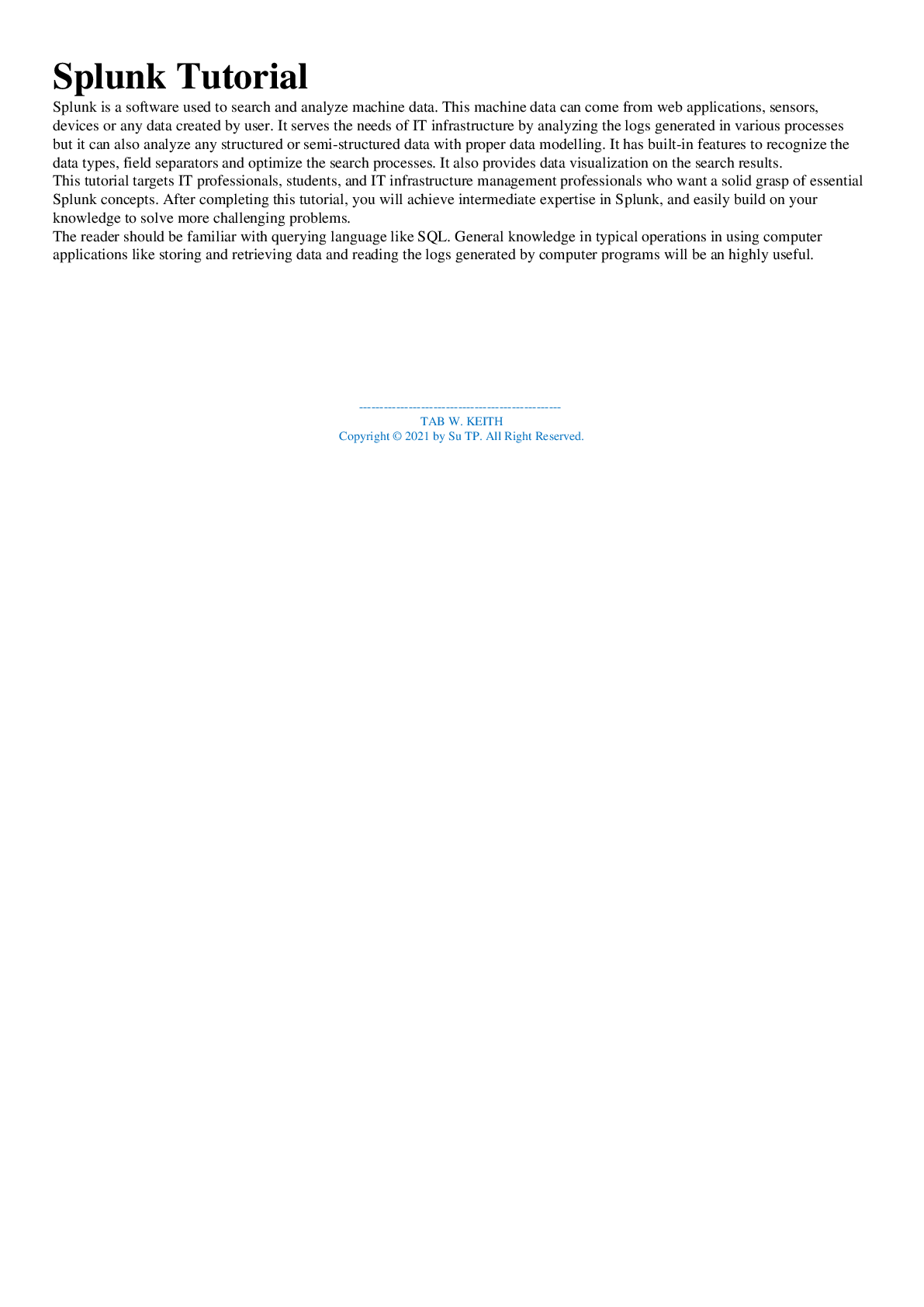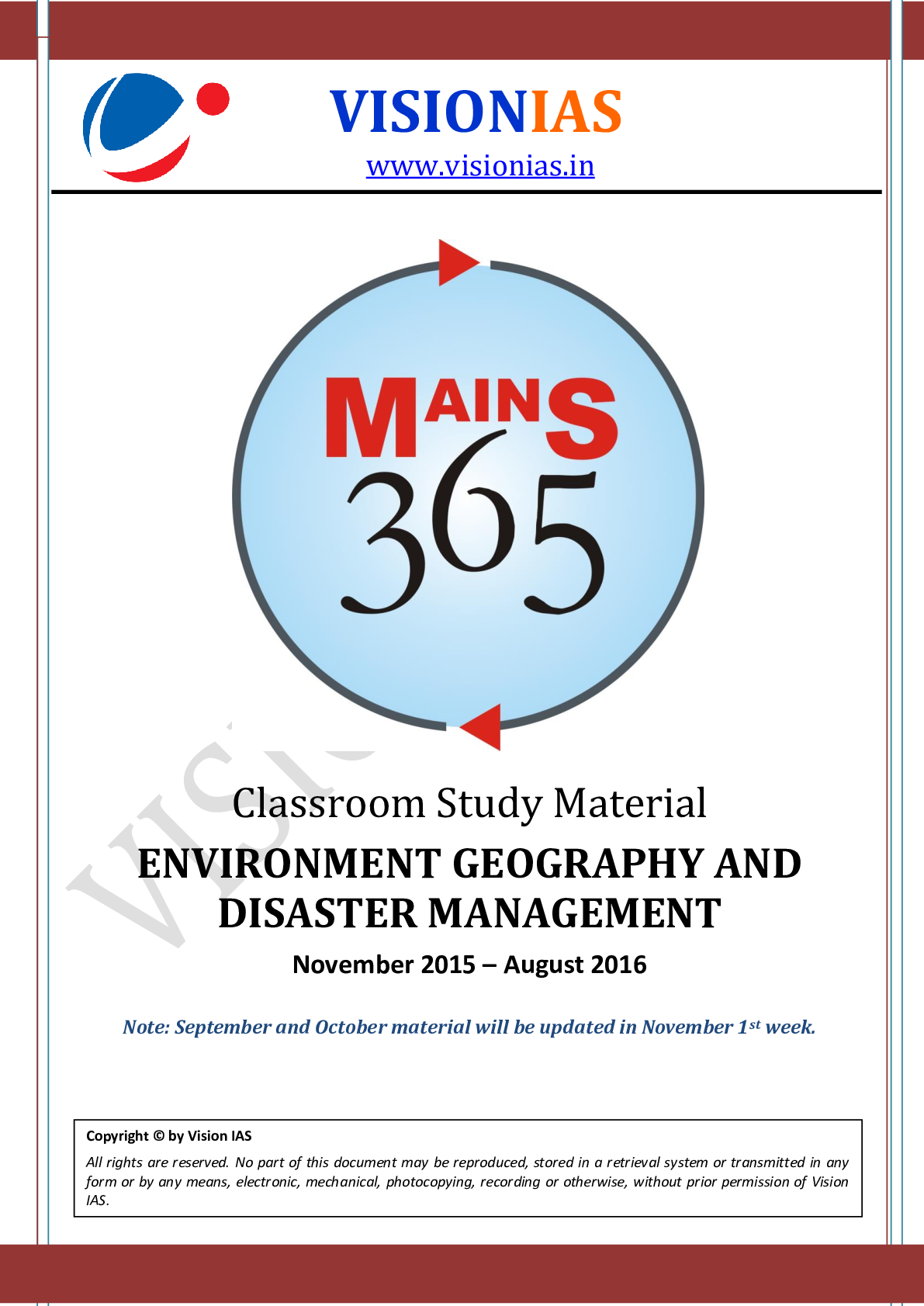NCLEX RN > Class Notes > SIMPLE NURSING : Reproductive System (All)
SIMPLE NURSING : Reproductive System
Document Content and Description Below
MALE External genitalia ❖ Penis: reproductive and urinary elimination. ❖ Scrotum: External sac that houses testes. Protects the testes from trauma & testicular temperature regulation. Intern... al reproductive organs ❖ Testes: produce male sex hormone and from spermatozoa ❖ Ductal system: “ vas deferens” the tube in which sperm begin the journey out of the body. ❖ Accessory glands: The seminal vesicles are paired glands that empty an alkaline, fructose-rich fluid into the ejaculatory ducts during ejaculation. Prostate: muscular gland that surrounds the first part of the urethra as it exits the urinary bladder. The alkaline fluids secreted by these glands are nutrient plasmas with several key functions, including the following: ❖ Enhancement of sperm motility (i.e., ability to move) ❖ Nourishment of sperm (i.e., provides a ready source of energy with the simple sugar fructose) ❖ Protection of sperm (i.e., sperm are maintained in an alkaline environment to protect them from the acidic environment of the vagina) (Hatfield 51) Female External genitalia ❖ mons pubis ❖ labia majora and minora ❖ Clitoris ❖ Vestibule ❖ perineum Internal reproductive organs ❖ Vagina: muscular tube that leads from the vulva to the uterus ❖ Cervix: dips into the vagina and forms fornices, which are arch-like structures or pockets. ❖ Ovaries :two sex glands homologous to the male testes, are located on either side of the uterus. (Hatfield 55) Fallopian tubes: The paired fallopian tubes (also known as oviducts) are tiny, muscular corridors that arise from the superior surface of the uterus near the fundus and extend laterally on either side toward the ovaries. The fallopian tubes have three sections ❖ Isthmus ❖ Ampulla ❖ infundibulum Uterus: uterus, or womb, is a hollow, pear-shaped, muscular structure located within the pelvic cavity between the bladder and the rectum. The uterus is divided into four sections. ❖ cervix ❖ uterine isthmus ❖ corpus ❖ fundus (Hatfield 53) Menstrual cycle Two main components : Ovarian cycle and Uterine cycle Ovarian cycle : Cyclical changes in the ovaries occur in response to two anterior pituitary hormones: follicle-stimulating hormone (FSH) and luteinizing hormone (LH). There are two phases of the ovarian cycle, each named for the hormone that has the most control over that particular phase. The follicular phase, controlled by FSH, encompasses days 1 to 14 of a 28-day cycle. LH controls the luteal phase, which includes days 15 to 28 ❖ Follicular phase ❖ Luteal phase Uterine cycle: changes that occur in the inner lining of the uterus. These changes happen in response to the ovarian hormones estrogen and progesterone. There are four phases to this cycle: ❖ Menstrual ❖ Proliferative ❖ Secretory ❖ ischemic. Cellular development [Show More]
Last updated: 1 year ago
Preview 1 out of 35 pages
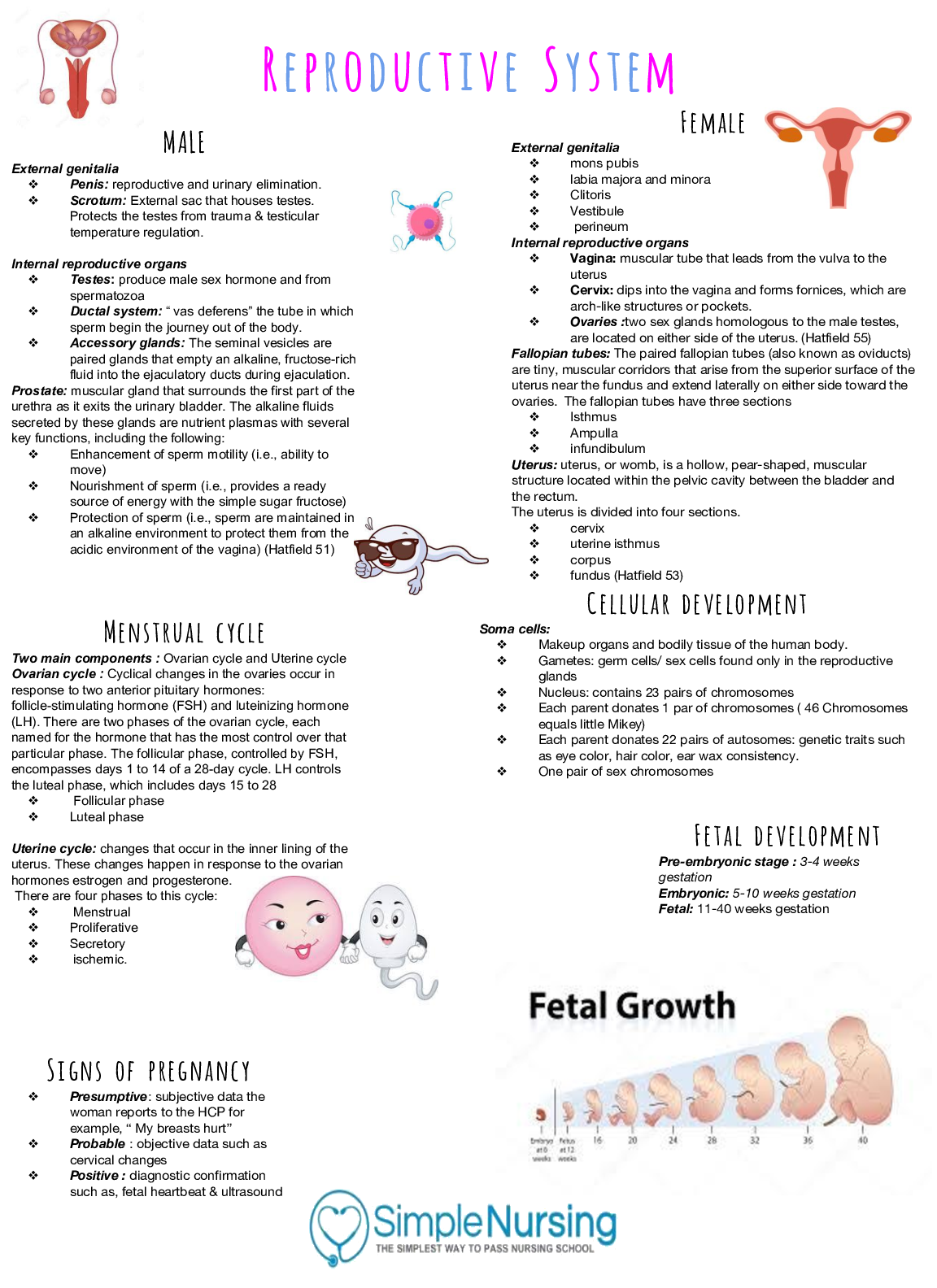
Buy this document to get the full access instantly
Instant Download Access after purchase
Buy NowInstant download
We Accept:

Reviews( 0 )
$14.00
Can't find what you want? Try our AI powered Search
Document information
Connected school, study & course
About the document
Uploaded On
Nov 25, 2023
Number of pages
35
Written in
Additional information
This document has been written for:
Uploaded
Nov 25, 2023
Downloads
0
Views
87



